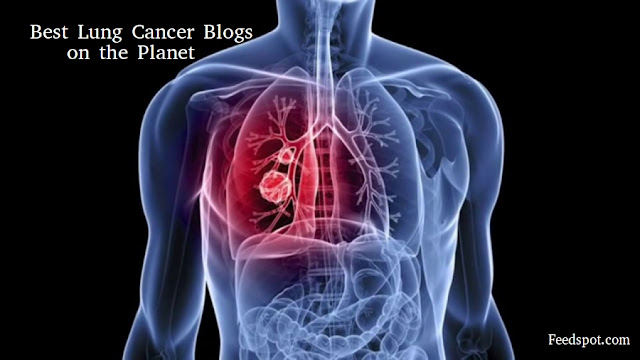Lung cancer is a prevalent and serious health condition that affects millions of people worldwide. It occurs when abnormal cells in the lungs multiply uncontrollably, forming tumors that can interfere with normal lung function. In this blog post, we will delve into the intricacies of lung cancer, including its causes, types, symptoms, and available treatment options.
Pathophysiology
Lung cancer arises from the uncontrolled
growth of abnormal cells in the lungs. The pathophysiology involves complex
molecular and cellular changes. Smoking, in particular, damages the cells
lining the lungs and triggers genetic mutations that disrupt the normal
regulatory mechanisms of cell growth and division. These mutations lead to the
formation of tumors and the spread of cancer cells throughout the lungs and
potentially to other parts of the body through a process known as metastasis.
Types of Lung Cancer
Lung cancer is broadly categorized into two main types:
non-small cell lung cancer (NSCLC) and small cell lung cancer (SCLC). NSCLC
accounts for approximately 85% of lung cancer cases and includes subtypes like
adenocarcinoma, squamous cell carcinoma, and large cell carcinoma. SCLC is less
common but tends to grow and spread more quickly.
Causes and Risk Factors
The primary cause of lung cancer is tobacco smoke, including
both active smoking and exposure to secondhand smoke. Other risk factors
include exposure to environmental pollutants, such as asbestos, radon gas, and
certain chemicals. Additionally, genetic factors and a family history of lung
cancer can increase the likelihood of developing the disease.
Role of Smoking
Smoking is the leading cause of lung
cancer, accounting for approximately 85% of cases. The harmful chemicals
present in tobacco smoke, such as benzene, arsenic, and polycyclic aromatic
hydrocarbons, damage the DNA in lung cells, leading to genetic mutations and
the initiation of cancer development. Smoking not only increases the risk of
lung cancer but also contributes to other respiratory conditions and
cardiovascular diseases. Quitting smoking is the most effective way to reduce
the risk of lung cancer and improve overall health.
Symptoms
In its early stages, lung cancer may not present noticeable
symptoms. However, as the disease progresses, individuals may experience
symptoms such as persistent coughing, chest pain, shortness of breath,
wheezing, coughing up blood, fatigue, unexplained weight loss, and recurrent
respiratory infections. It is important to note that these symptoms can also be
caused by other respiratory conditions, so it is crucial to consult a
healthcare professional for an accurate diagnosis.
Prevention
Preventing lung cancer is primarily focused on minimizing exposure to risk factors. The most effective preventive measure is to avoid smoking altogether. Quitting smoking significantly reduces the risk of developing lung cancer, even for individuals who have been smoking for many years. It is also important to limit exposure to secondhand smoke and avoid or minimize exposure to environmental carcinogens like asbestos and radon. Education, awareness, and public health campaigns are vital in promoting smoking cessation and encouraging a smoke-free environment.
Diagnosis:
The diagnosis of lung cancer involves several procedures and tests. These may include a detailed medical history and physical examination, imaging tests such as chest X-rays or computed tomography (CT) scans, sputum cytology to examine cells from coughed-up mucus, and biopsy to obtain a sample of lung tissue for microscopic examination.
- The diagnostic process helps determine the type, stage, and extent of the cancer, guiding the subsequent treatment decisions.
Treatment Options:
The appropriate treatment for lung cancer depends on several
factors, including the type and stage of cancer, the individual's overall
health, and personal preferences. Treatment options may include:
Conclusion:
Lung cancer is a complex disease with significant health
implications. Understanding its causes, recognizing the symptoms, and seeking
early medical intervention is crucial for improving outcomes. If you or
someone you know may be at risk or experiencing symptoms related to lung
cancer, it is important to consult with a healthcare professional for proper
evaluation and personalized treatment options. With ongoing research and
advancements in lung cancer management, there is hope for improved treatments
and increased survival rates in the future.

Comments
Post a Comment